Balanchine turned to the Russian composer Glazounov for Raymonda Variations. Although the score derives from the titular 19th-century story ballet, Balanchine used the music to create a plotless classical work—a scintillating series of solos, pas de deux, and ensemble dances. Tschaikovsky Pas de Deux, a perennial fan favorite and a staple of the international repertory, ranks among Balanchine’s most dazzling creations, despite its running time of less than ten minutes. It alternates on the program with Balanchine’s alternately playful and mysterious pas de deux Duo Concertant. And while it is not as well-known as many other dances Jerome Robbins choreographed to piano music, his Piano Pieces, also set to Tschaikovsky, is a connoisseur’s delight, mixing classical steps with a gentle suggestion of folk themes.
Raymonda Variations is a flurry of ballet technique featuring a series of impressive solos at its center.
Balanchine admired Glazounov's score for the three-act ballet Raymonda, calling it "some of the finest ballet music we have." As a student in St. Petersburg, Balanchine danced in the Maryinsky Theatre production that had originally been choreographed by Marius Petipa.
In 1946, Balanchine and ballerina Alexandra Danilova mounted the full-length Raymonda for the Ballet Russe. Balanchine was not, however, enamored of the overly complicated storyline, and instead used excerpts from the score for several plotless works, including Pas de Dix, Cortège Hongrois, and Raymonda Variations.
Of this last one, Balanchine wrote:
To try to talk about these dances in any useful way outside the music is not possible; they do not have any literary content at all and of course have nothing to do with the story of the original ballet Raymonda. The music itself, its grand and generous manner, its joy and playfulness, was for me more than enough to carry the plot of the dances.
Raymonda was one of Petipa’s final, most successful ballets to be staged during the golden years of his career. The 1890s had seen some of the biggest highlights of Petipa’s career, which first emerged with the creation of The Sleeping Beauty. This late-era saw Petipa taking a slightly different step from what he had previously produced for the Saint Petersburg Imperial Ballet. He was now creating ballets that lacked dramatic plots and character development and were, instead, presenting new ballets that represented the grand spectacle. The ballet-féerie made its impact on the Imperial Ballet following the success of The Sleeping Beauty and materialized again in other ballets such as Cinderella and Bluebeard.
An animated dance for a neoclassical couple, the dancers periodically stop and listen to the onstage musicians before ending with a poignant scene in a pool of light on a dark stage.
Stravinsky dedicated Duo Concertant to Samuel Dushkin, a well-known violinist he met in 1931. The composer premiered the work with Dushkin in Berlin in 1932, and the pair gave recitals together across Europe for the next several years. Balanchine first heard the piece performed by Stravinsky and Dushkin soon after it was composed, but not until years later, when he was planning the 1972 Stravinsky Festival, did he decide to choreograph it.
Balanchine long admired Duo Concertant and finally choreographed the score as a pas de deux for New York City Ballet’s historic 1972 Stravinsky Festival. Nancy Reynolds, Director of Research for The George Balanchine Foundation, writes, “Duo Concertant was seen as the essence of what the festival was all about: it was not only a close union of dance with music, dancers with musicians (pianist and violinist were on the stage); here, the music actually penetrated the dancing, and did not merely accompany it: the dancers stood still at times and visibly listened. And in its intimacy, the ballet recalled the very personal nature of the fifty-year collaboration that the festival both celebrated and prolonged.”
The ballet was made on New York City Ballet principal dancers Kay Mazzo and Peter Martins. Mazzo has written: “Lincoln Kirstein called Duo Concertant ‘a little jewel,’ and Jerome Robbins said at the premiere that he was amazed Mr. B had the nerve to have the dancers just listen to the music for the whole first movement. Mr. B said, ‘Aha, dear, that’s the point of all dancing. You must first listen to the music and really hear, and then you will understand it and appreciate it. You see the music in the steps, but first you must hear the music!’ I believe Mr. B was very proud of this beautiful ballet and felt he was really delivering the message that he firmly believed. At the end of the ballet, he said to me that it showed that ballet to him was woman, that she was on a pedestal and that was how he wanted his women to be.”
Displaying Robbins’ penchant for crafting diverse emotional atmospheres to solo piano pieces, this folk-tinged ballet for three couples, a male soloist, and a corps de ballet contrasts delicate solemnness with congenial amusement.
For the 1981 Tschaikovsky Festival, Jerome Robbins chose 15 of the composer's piano pieces to weave into a ballet with a Russian peasant flavor. Tschaikovsky wrote such pieces because they were easily marketable to amateur musicians. Although he enjoyed composing to order, he once remarked, "I continue to bake musical pancakes. Today the tenth has been tossed." To compose these miniature musical vignettes with a great deal of character, Tschaikovsky said, "One needs a definite plot or text, a time limit, and a promise of several hundred ruble notes." The Seasons, one of the series of pieces used in the ballet, demonstrates the simplicity of form that allowed Tschaikovsky to feature his inspired talent for melodies. The ballet, a collection of group works, solos, and pas de deux, demonstrates Robbins' love for folk dances, ensemble interaction, and musical phrasing.


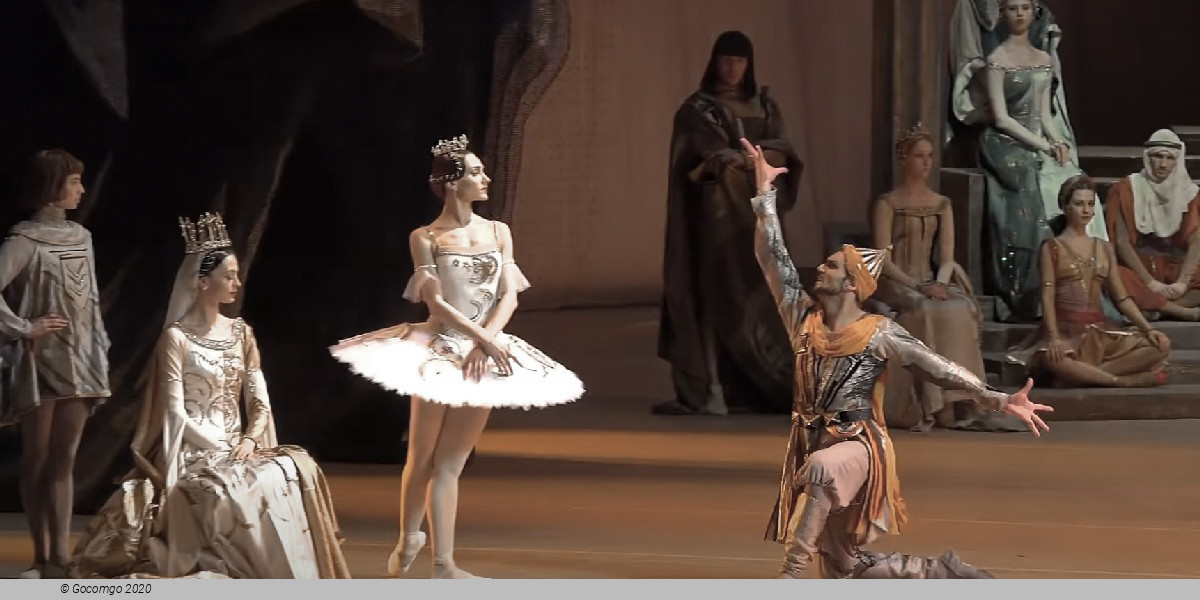
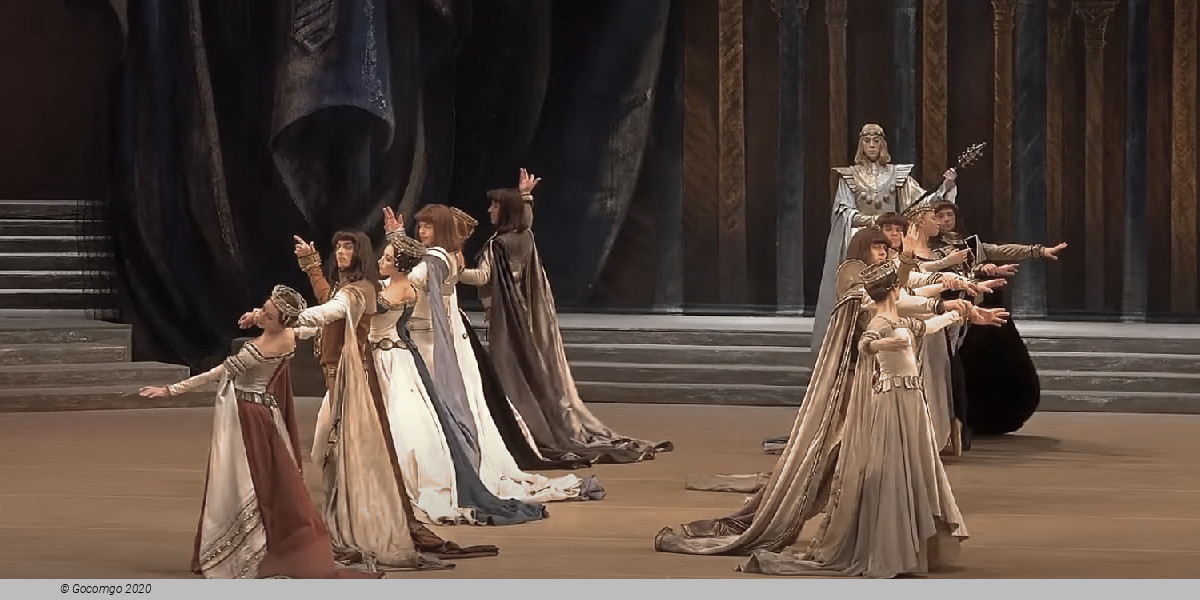
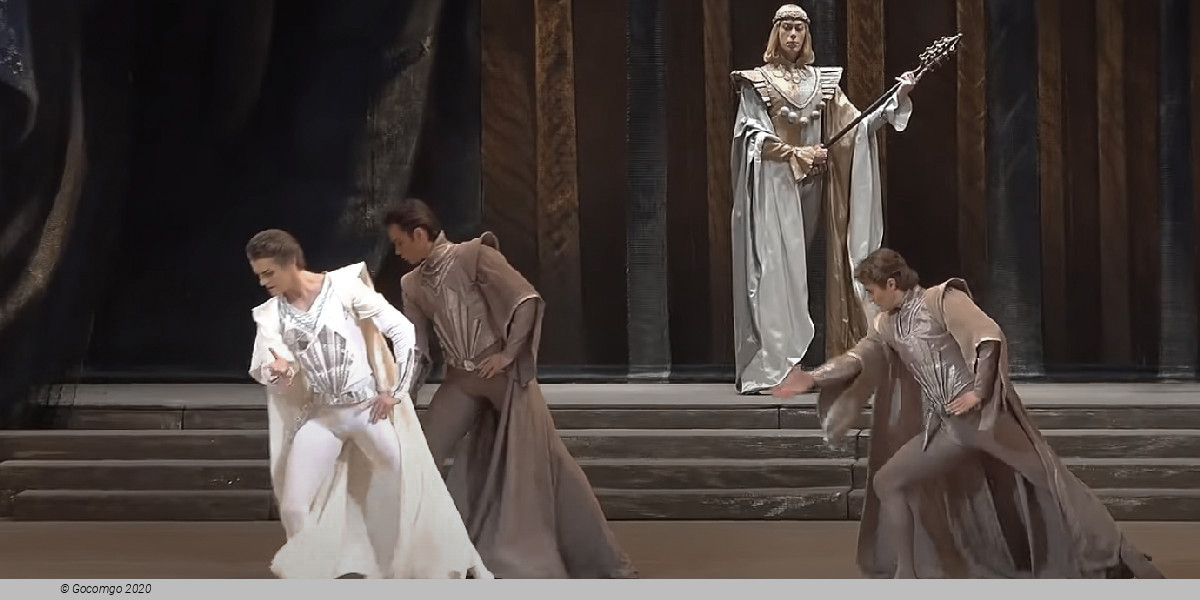
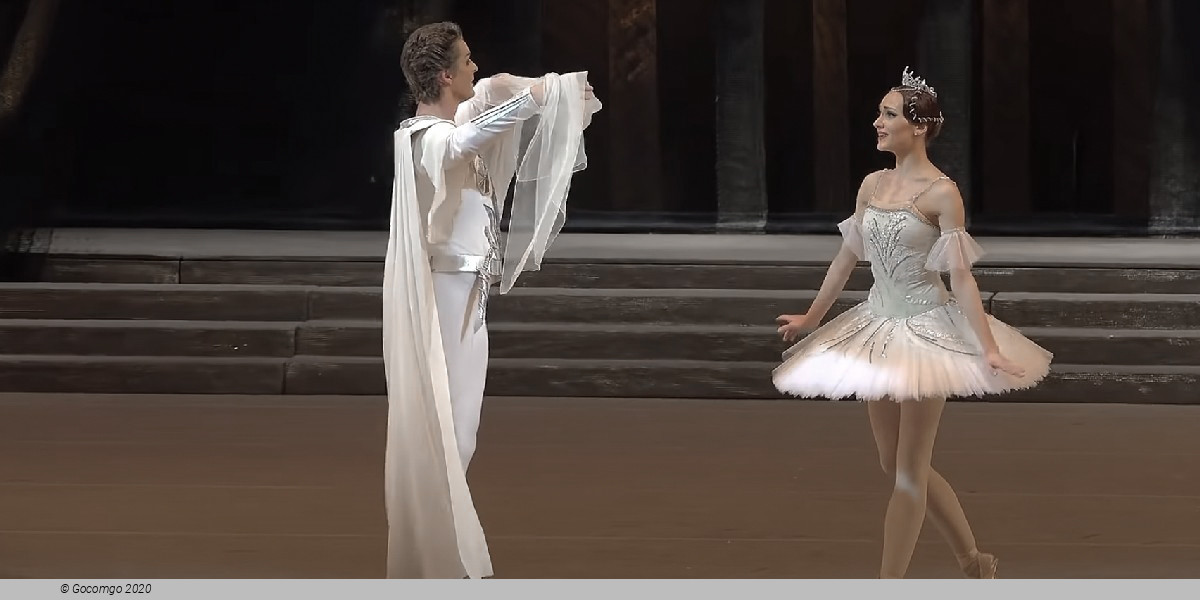

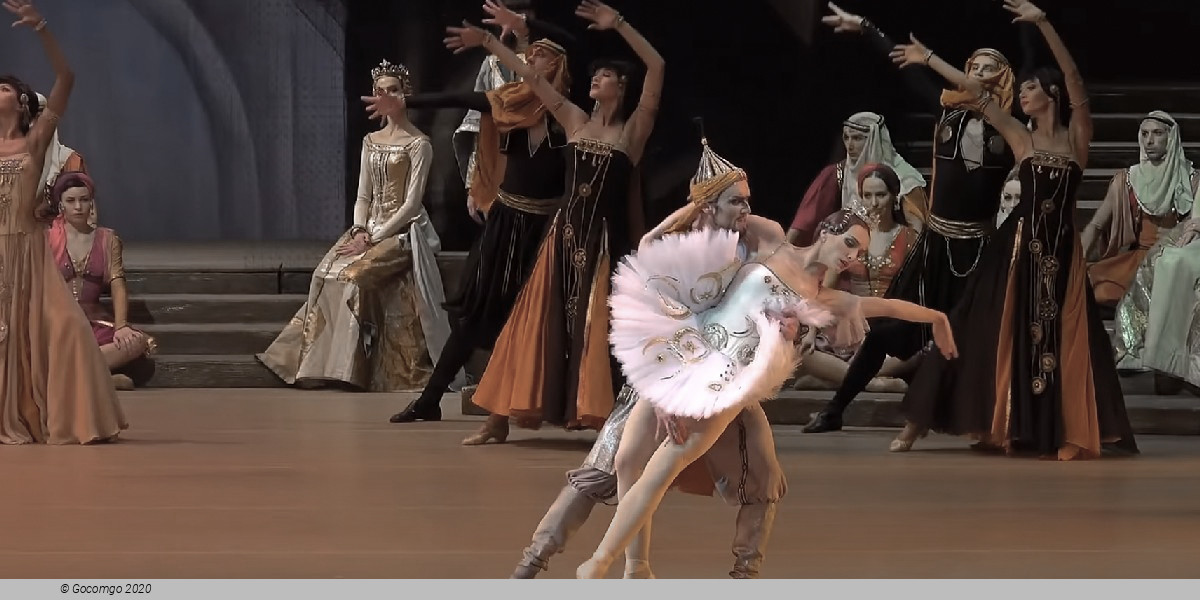
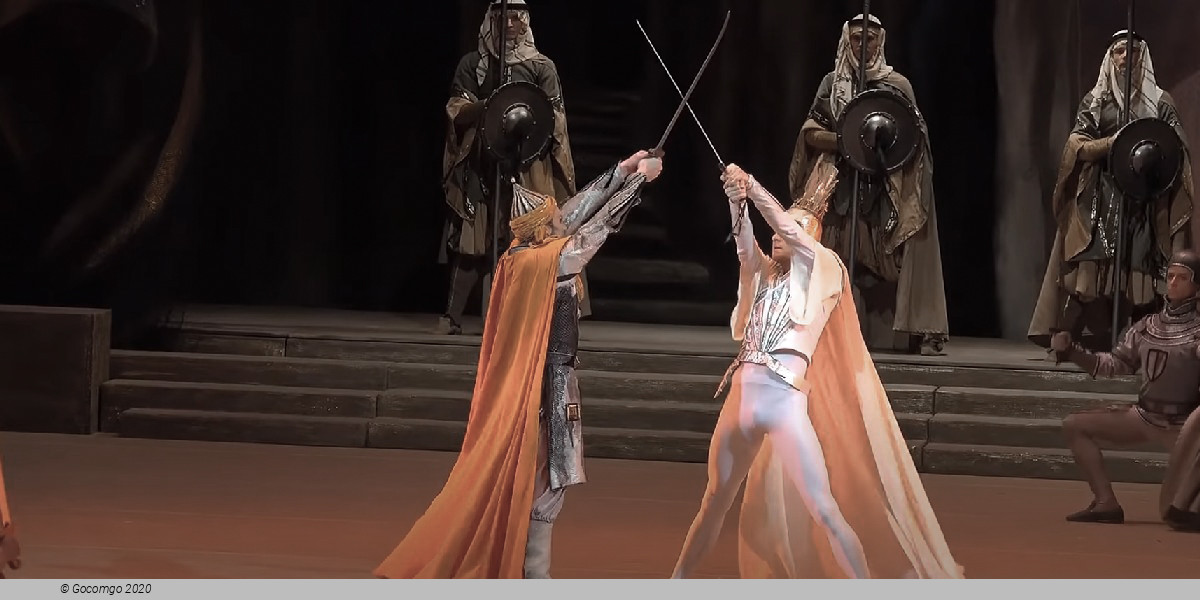
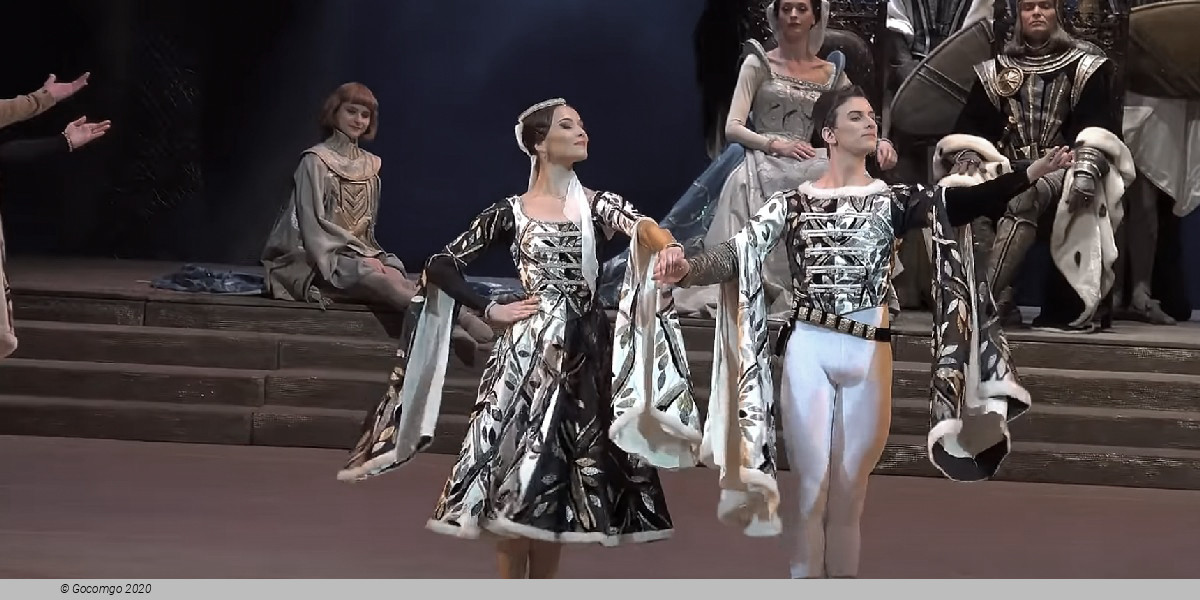
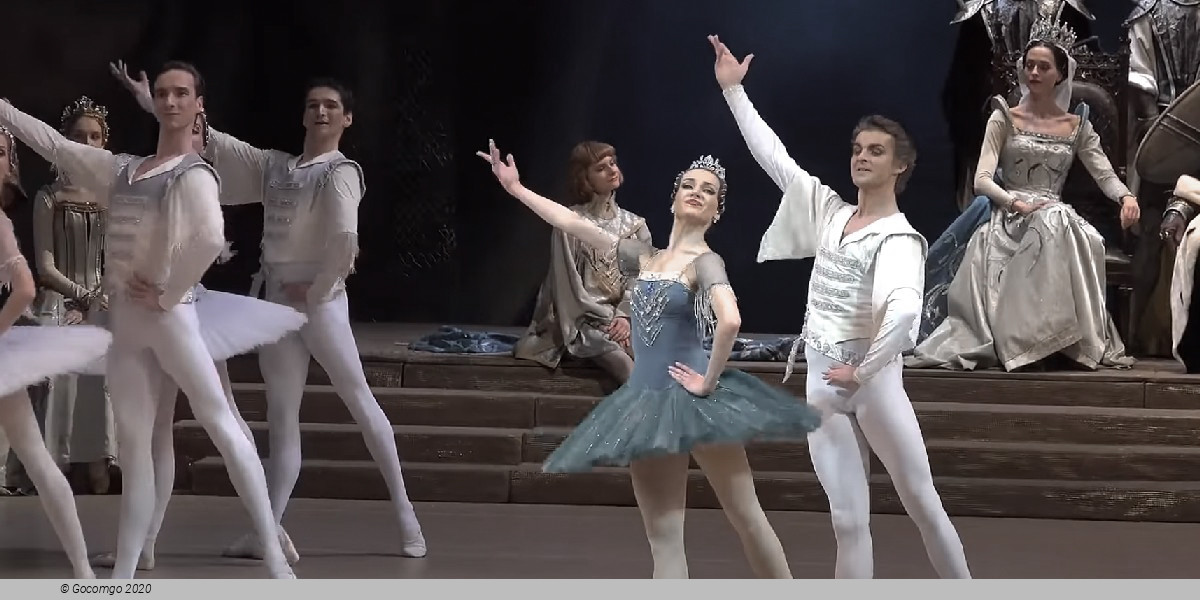
 20 Lincoln Center Plaza
20 Lincoln Center Plaza